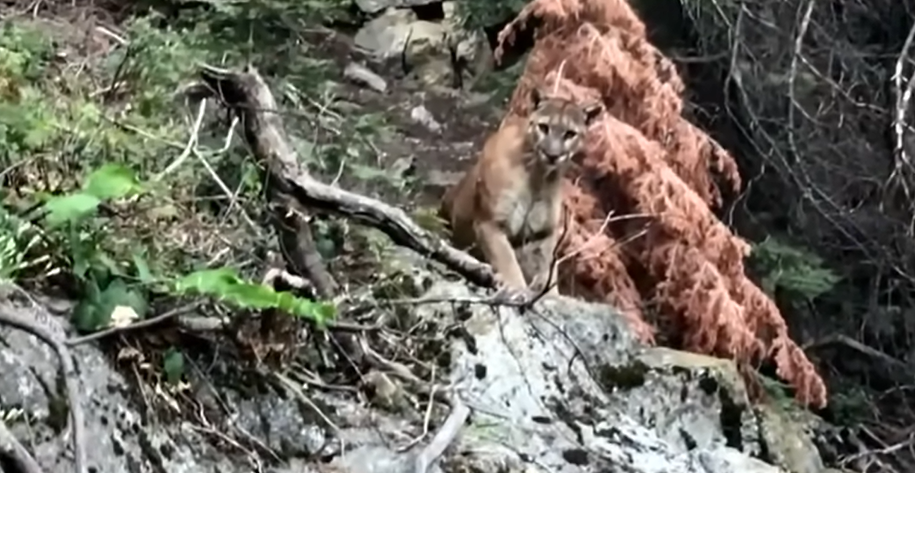Topics

Singapore’s Stock Market Is Stirring — But Revival Will Take More Than Hope
SingaporeU.S. National Security Strategy Keeps Allies In and China Out
OpinionUS expands list of countries whose citizens must pay up to $15,000 bonds to apply for visas
USAThe unprecedented kidnapping of Maduro
OpinionAfter capture and removal, Venezuela's Maduro is being held at notorious Brooklyn jail
USAHot this week
Last year's odd economy in five charts, and what to watch for in 2026
The growing Gen Z gender divide reshaping politics
USA & UK

How Delcy Rodríguez courted Donald Trump and rose to power in Venezuela
By JOSHUA GOODMAN Associated PressMIAMI (AP) — In 2017, as political outsider Donald Trump headed to Washington, Delcy Rodríguez spotted an...

US expands list of countries whose citizens must pay up to $15,000 bonds to apply for visas
By MATTHEW LEE AP Diplomatic WriterWASHINGTON (AP) — The Trump administration has added seven countries, including five in Africa, to the list of...

After capture and removal, Venezuela's Maduro is being held at notorious Brooklyn jail
By MICHAEL R. SISAK and LARRY NEUMEISTER Associated PressNEW YORK (AP) — The Brooklyn jail holding Venezuelan President Nicolás Maduro is a facility...

From Chips to Capital: How U.S.–China Tech Tensions Are Escalating on Multiple Fronts
The United States’ technology standoff with China entered a sharper phase this week after President Donald Trump ordered the divestment of a $2.9...

Woman killed in suspected mountain lion attack while hiking in northern Colorado
By MATTHEW BROWN Associated PressA woman was killed in a suspected mountain lion attack while she was hiking alone in the mountains of northern...

Department of Justice is reviewing more than 5.2 million documents related to Jeffrey Epstein
By STEPHEN GROVES and SEUNG MIN KIM Associated PressWASHINGTON (AP) — The Department of Justice has expanded its review of documents related to the...
UK

Violent, racist attacks overwhelm the United Kingdom

The pay-off: UK’s Liberal Democrats go for rich seats and win big

Donald Trump congratulates Nigel Farage but ignores Britain’s new Prime Minister Keir Starmer

Starmer wanted U.K. ‘weaned off’ China, now move to overhaul relationship

Keir Starmer new UK PM, Labour ends 14-year Tory rule, Reform splits Tory vote

What did Rishi Sunak sacrifice as a child? Sky TV, he says

Labour has to win whiter seats to wrest power from Tories
Travel

Discover Siem Reap’s urban oasis: The Aviary Hotel, where luxury meets nature
Lifestyle

Taste of Brunei to Tempt Singaporean Foodies at Inaugural Brunei Week

Philippines’ Largest Shawarma Chain Plants Flag in Singapore, Eyes Global Expansion

Steigen: The Smart, Eco-Friendly Solution for Busy Professionals Who Want to Save Time on Laundry

Elon Musk’s daughter calls him pathetic, says he is a serial adulterer

Extreme frugality: The way to early retirement?
Celebrity

Has Renée Zellweger’s facial transformation been fueled by time, weight loss, or cosmetic enhancements?
Sports

Kamala Harris visits US Olympic basketball team

Football coming home, says Keir Starmer after England advance to Euro 2024 final

How did the Gamecocks triumph captivated audiences like never before

Russia and Canada submit appeals against the 2022 Winter Olympic team ranking

Paavo Nurmi, aka “Flying Finn,” will showcase his five gold medals once more at the 2024 Paris Olympics.
Personal Finance

Gen Y: Maintaining financial resilience during Australia’s economic downturn
Evergreen

From outcast to overlord – How a child kicked out of Macao’s elite hotel now calls the shots
China & Hong Kong

What does “common security” really mean today?
By Niu Honglin As a podcaster, I work on shows with different themes. Some are analytical. Some are...

How will “a shared future” save the world from fragmentation?
By Niu Honglin, CGTNWhen I was working on this new podcast, one question kept showing up in my...

Hong Kong High Court Convicts Lai Chee-Ying of Collusion to Endanger National Security
HONG KONG SAR - The Court of First Instance of the High Court of the Hong Kong Special...

How and Why does China Host a "Domestic Olympics"?
The article offers a timely and insightful look into China's ongoing 15th National Games, an event...

Beijing warns Tokyo of a 'painful price' as Japan pushes missile line toward Taiwan, escalating Asia’s sharpest strategic standoff in years
BEIJING: China’s Defence Ministry delivered a sharp warning to Japan in November 2025, saying Tokyo...

Chinese research vessels operate in Northwest Pacific amid U.S. military drills, raising security concerns
Five Chinese research vessels quietly made their way through the northwest Pacific, their missions...

SUV rams into students and pedestrians outside primary school in China, sparking concern over rising violence
A new incident outside a primary school in Changde, southern China, has added to growing concerns...

Academic pubs: A new intellectual movement brewing in China
In Shanghai’s dimly lit pubs and Beijing’s buzzing bars, a new intellectual movement is brewing....

Elite education vs mass schooling: Why China is a bigger economic powerhouse than India
The world’s two most-populous nations, China and India, started opening to the global economy...

Chinese solar giants flee to untaxed territories, evading U.S. tariffs?
Major Chinese-owned solar factories in Vietnam are scaling back operations and laying off workers....

Why have Chinese forces surrounded Taiwan? What did Taiwan’s president say?
Chinese armed forces launched a new round of war games, completely surrounding Taiwan island, on...

US should consider how to adjust if China became world’s leading power, says Kishore Mahbubani
Former Singapore diplomat Kishore Mahbubani says the United States has made a big mistake by...
























































